I would like to make some comments regarding sport, physical exercise has been an exceptional aid to my songwriting especially in contributing toward piano technique. . Practising sport has helped me to maintain long working hours for years and prevent muscle and joint pain. My ideas and experiences are the result of assiduous practice and the study of related literature.
As with nutrition, my knowledge in this field has not always been used to my benefit. Problems arose making me realise the importance of implementing this knowledge into my daily life: neck pain, back pain...
I would also like to mention mistakes I have made and which I have drawn interesting lessons from. I hope this can be of use.
Those of us who regularly practise sport as a lifestyle, realise over time that its benefits can be seen in ourselves. These could be summarized as: toning and strengthening of skeletal muscle, heart, providing bone density , lowering blood pressure, improving circulation, increasing lung capacity, increasing speed, our strength and power, helping to reduce body fat and also helping to eliminate toxins, reduce stress, create states of relaxation and nice feelings following practice. In short, three great benefits: it helps us to preserve our youth, health and enhances our creativity.
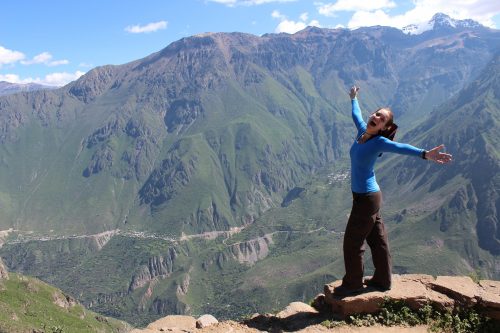
How we might benefit?
For years I have been noticing different and synergistic benefits in myself that two basic types of training provide, so I have tried to incorporate aerobic and anaerobic exercise
Put simply, some examples of aerobic exercise are: running, swimming, cycling, skiing, walking, rowing, skipping, or dancing, among others.

Examples of anaerobic exercise might be: weight training, sprinting, tennis, diving, and general activities that require great effort in short periods of time.
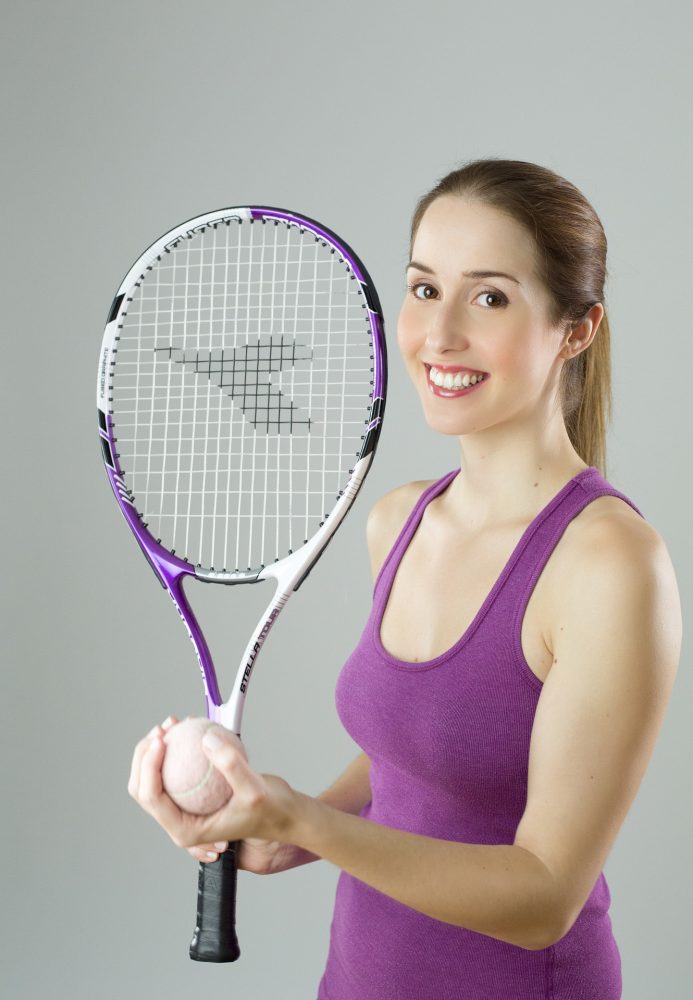
Science says not. Each style brings its own benefits to the body and mind. That is why I am always attentive to alternating and mixing types of sport. I believe a lifestyle based on sport requires both to achieve an optimal state.
Aerobic means "with oxygen" this means that when we carry out low or medium intensity sport with slight or average effort, our body uses oxygen to burn glucose (sugar) and our fat generates the energy that moves our muscles. .

Very easy. When we are born, our heart can beat at a maximum rate of 220 beats per minute. Each year, our hearts drop a beat. So if you subtract 220 from our age what is left? : The maximum number of beats that our hearts can give today. Therefore, an aerobic exercise is that between 55% and 75% of our maximum heart beats today.

So if we go jogging, swimming, cycling, skiing, walking, rowing, skipping, or dancing, while our beats are in this band, , we are doing an aerobic exercise and receiving part of all the benefits mentioned before:: "muscle tone, heart, lower blood pressure, improved circulation, increase in lung capacity, reduced body fat, elimination of toxins, reduced stress, relaxation and nice feelings after practice ".
This means "without oxygen". If any aerobic exercise raises intensity to a point where our body needs more oxygen than we can provide to burn glucose or fats, the body starts another way of generating energy. This new form does not need oxygen to produce energy as the energy comes from immediate sources that need not be oxidized by it. Therefore, this power generation system is put in motion when our exercise intensity rises to a high or very high level.
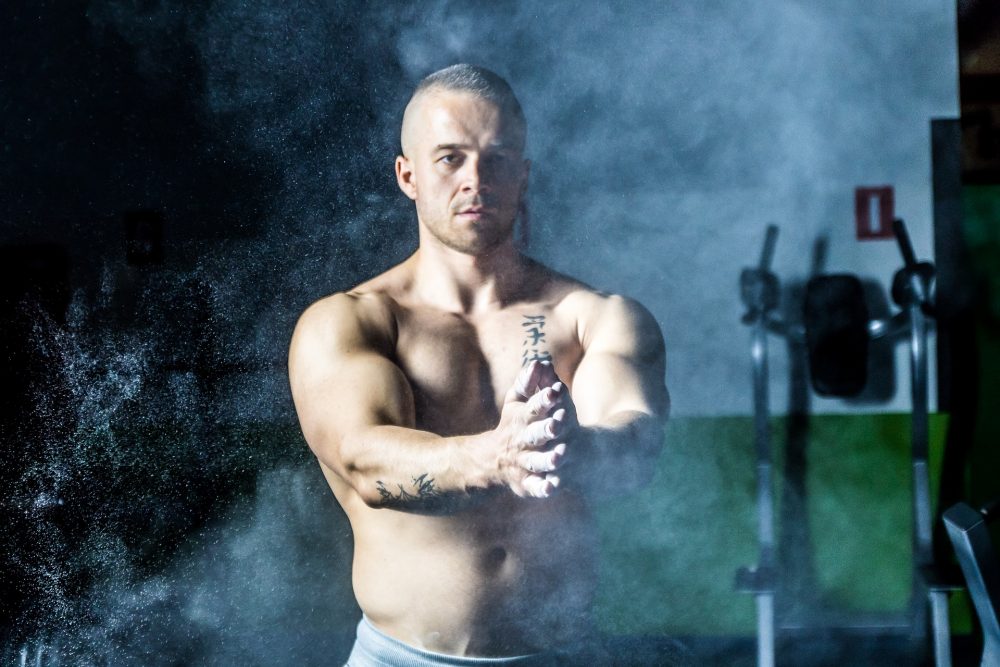
Using the afrorementioned calculation system , when we force our heart to beat over 80% of our maximum heart rate we are doing anaerobic exercise. Of course, this rate cannot be tolerated for long so we must rest, recuperate and recharge; return again and raise the rate. It is an intermittent process of peaks and valleys.

"So if we practise weightlifting, sprinting, tennis, and general activities that require great effort in short time spans , we are receiving the other part of the aforementioned benefits : "strengthened muscles, greater bone density , increased speed, strength and power, reduced stress, relaxing states and nice feelings after practice.
There have been times in my life where I focused on one type of exercise , but eventually, this resulted in joint and muscle problems due to lack of musculature , or conversely, lack of physique for having concentrated more on anaerobic exercises and neglecting aerobics .
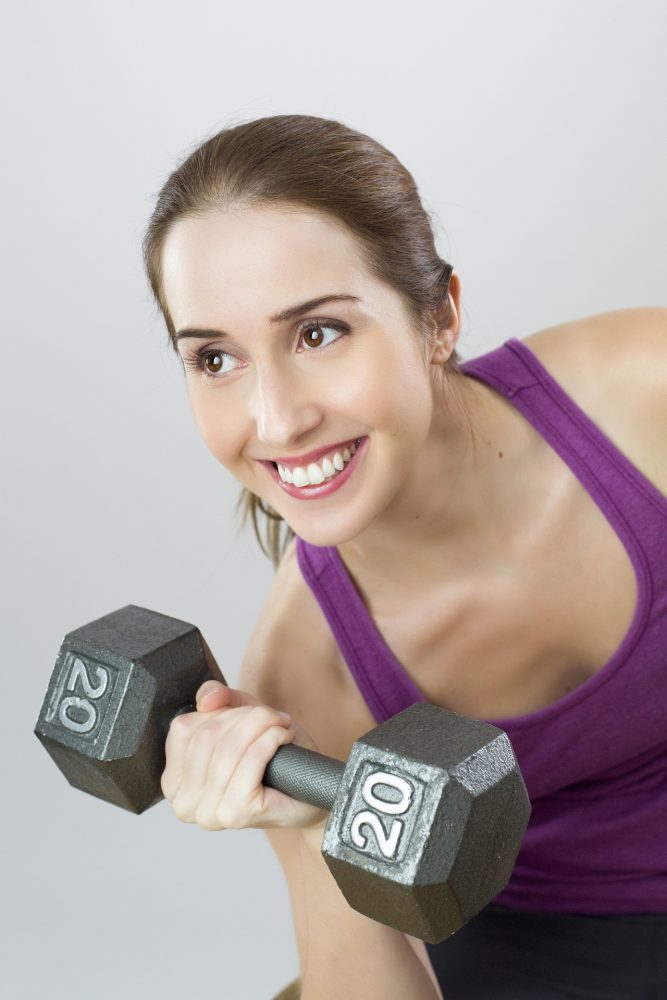
I believe that alternating both during the week and even a mix of both in the same session with short, intense workouts but without letting our beats fall below 55% at any time can help toward receiving all the benefits generated by physical activity.
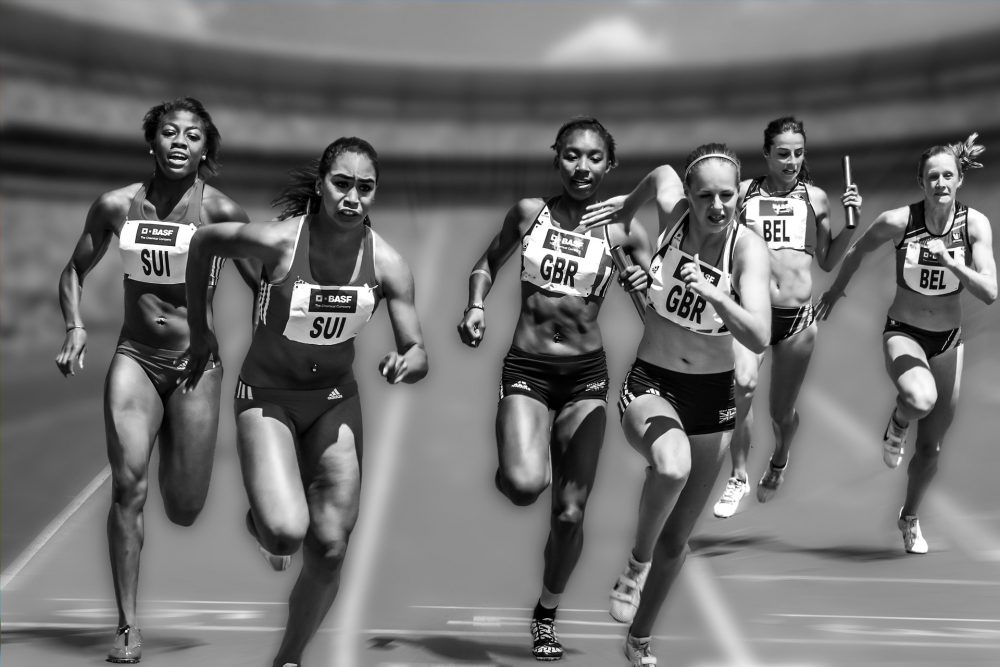
I believe the fact that even after working long hours on piano technique and not having lumbar, back, shoulder and arm pain, is due to this balance in training. Therefore I think this may be beneficial for a person faced with similar situations.
Following periods where I had not done warm-ups and stretching and after receiving negative results with minor injuries and ailments, I realised that both were key if we wanted to be healthy in the long term.
Who in their right mind would start the car on a cold morning and accelerate straight away? We wouldn’t be giving time for the lubricants to reach critical areas. As with our bodies.
In addition, when we finish exercising a muscle, the muscle fibres remain contracted . If we do not stretch after successive workouts we will end up feeling stiff . This will cause us problems, pain and injuries.

In conclusion, I believe that to successfully face long days of piano technique without aches and pains and with a state of relaxation and wellness that promotes creative states, the practice of aerobic, anaerobic sport with prior warm-ups and stretching can help many people as it has helped me.
In my next post we will talk more about Sports and Music.
I keep you informed via Twitter
As with nutrition, my knowledge in this field has not always been used to my benefit. Problems arose making me realise the importance of implementing this knowledge into my daily life: neck pain, back pain...
I would also like to mention mistakes I have made and which I have drawn interesting lessons from. I hope this can be of use.
Why it can be good to practise sport and do physical exercise?
Those of us who regularly practise sport as a lifestyle, realise over time that its benefits can be seen in ourselves. These could be summarized as: toning and strengthening of skeletal muscle, heart, providing bone density , lowering blood pressure, improving circulation, increasing lung capacity, increasing speed, our strength and power, helping to reduce body fat and also helping to eliminate toxins, reduce stress, create states of relaxation and nice feelings following practice. In short, three great benefits: it helps us to preserve our youth, health and enhances our creativity.

How we might benefit?
For years I have been noticing different and synergistic benefits in myself that two basic types of training provide, so I have tried to incorporate aerobic and anaerobic exercise
Put simply, some examples of aerobic exercise are: running, swimming, cycling, skiing, walking, rowing, skipping, or dancing, among others.

Examples of anaerobic exercise might be: weight training, sprinting, tennis, diving, and general activities that require great effort in short periods of time.

Do aerobic and anaerobic exercises obtain the same benefits?
Science says not. Each style brings its own benefits to the body and mind. That is why I am always attentive to alternating and mixing types of sport. I believe a lifestyle based on sport requires both to achieve an optimal state.
What are the characteristics of aerobic exercise?
Aerobic means "with oxygen" this means that when we carry out low or medium intensity sport with slight or average effort, our body uses oxygen to burn glucose (sugar) and our fat generates the energy that moves our muscles. .

How can we know if we are doing aerobic exercise?
Very easy. When we are born, our heart can beat at a maximum rate of 220 beats per minute. Each year, our hearts drop a beat. So if you subtract 220 from our age what is left? : The maximum number of beats that our hearts can give today. Therefore, an aerobic exercise is that between 55% and 75% of our maximum heart beats today.

So if we go jogging, swimming, cycling, skiing, walking, rowing, skipping, or dancing, while our beats are in this band, , we are doing an aerobic exercise and receiving part of all the benefits mentioned before:: "muscle tone, heart, lower blood pressure, improved circulation, increase in lung capacity, reduced body fat, elimination of toxins, reduced stress, relaxation and nice feelings after practice ".
What are the characteristics of anaerobic exercise?
This means "without oxygen". If any aerobic exercise raises intensity to a point where our body needs more oxygen than we can provide to burn glucose or fats, the body starts another way of generating energy. This new form does not need oxygen to produce energy as the energy comes from immediate sources that need not be oxidized by it. Therefore, this power generation system is put in motion when our exercise intensity rises to a high or very high level.

How can we know if we are carrying out anaerobic exercise?
Using the afrorementioned calculation system , when we force our heart to beat over 80% of our maximum heart rate we are doing anaerobic exercise. Of course, this rate cannot be tolerated for long so we must rest, recuperate and recharge; return again and raise the rate. It is an intermittent process of peaks and valleys.

"So if we practise weightlifting, sprinting, tennis, and general activities that require great effort in short time spans , we are receiving the other part of the aforementioned benefits : "strengthened muscles, greater bone density , increased speed, strength and power, reduced stress, relaxing states and nice feelings after practice.
What is the ideal combination?
There have been times in my life where I focused on one type of exercise , but eventually, this resulted in joint and muscle problems due to lack of musculature , or conversely, lack of physique for having concentrated more on anaerobic exercises and neglecting aerobics .

I believe that alternating both during the week and even a mix of both in the same session with short, intense workouts but without letting our beats fall below 55% at any time can help toward receiving all the benefits generated by physical activity.

I believe the fact that even after working long hours on piano technique and not having lumbar, back, shoulder and arm pain, is due to this balance in training. Therefore I think this may be beneficial for a person faced with similar situations.
How important is warming-up and stretching?
Following periods where I had not done warm-ups and stretching and after receiving negative results with minor injuries and ailments, I realised that both were key if we wanted to be healthy in the long term.
Who in their right mind would start the car on a cold morning and accelerate straight away? We wouldn’t be giving time for the lubricants to reach critical areas. As with our bodies.
In addition, when we finish exercising a muscle, the muscle fibres remain contracted . If we do not stretch after successive workouts we will end up feeling stiff . This will cause us problems, pain and injuries.

In conclusion, I believe that to successfully face long days of piano technique without aches and pains and with a state of relaxation and wellness that promotes creative states, the practice of aerobic, anaerobic sport with prior warm-ups and stretching can help many people as it has helped me.
In my next post we will talk more about Sports and Music.
I keep you informed via Twitter

How to improve our creativity through nutrition and sport.
My experience in an eBook
Follow @adholife
Leave a Reply


